Last updated on
Discover the simple, eco-friendly steps to properly dispose of your small kitchen appliances, ensuring a cleaner and greener environment for future generations.
Welcome to my blog where I share tips and tricks for home decorating. Today, we’re going to talk about an important aspect of decluttering your kitchen – disposing of small appliances.
We all have those appliances that have been sitting on our counters or in our cabinets, collecting dust and taking up valuable space. It’s time to say goodbye to them! But how do you dispose of them properly? In this article, I’ll guide you through the process step-by-step so you can clear out the clutter and make room for new kitchen gadgets.
Let’s get started!
Key takeaways:
- Dispose of small kitchen appliances to declutter your space.
- Assess appliance condition: donate or recycle.
- Replace outdated appliances with energy-efficient models.
- Reduce clutter for a more organized kitchen.
- Donate functional appliances or sell them for extra cash.
What's Inside
Reasons to Dispose Small Kitchen Appliances
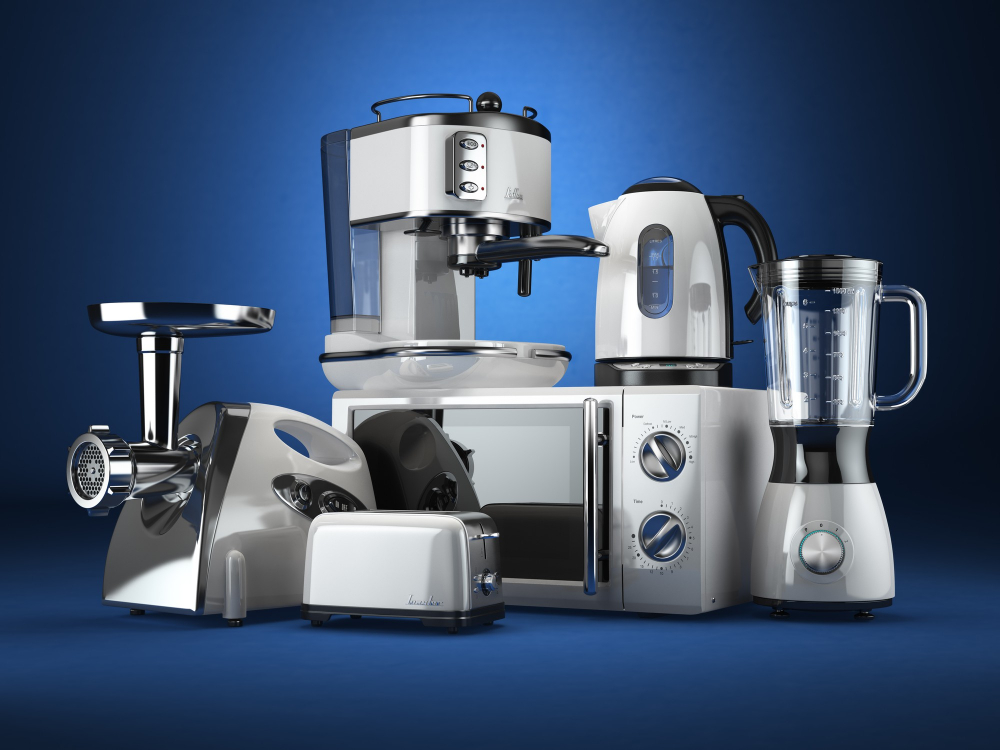
There are several reasons why you might want to dispose of small kitchen appliances. Perhaps they’re outdated, broken beyond repair, or simply taking up too much space in your home.
Whatever the reason may be, getting rid of these items can help declutter your kitchen and make room for new gadgets that better suit your needs.
Taking your old appliances to junk appliance disposal is an eco-friendly choice that benefits the environment. Many small appliances contain hazardous materials such as lead and mercury which can harm wildlife and pollute our waterways if not disposed of properly.
By choosing to dispose of these items responsibly through recycling or donating them to charitable organizations instead of throwing them away in the trash bin will reduce waste going into landfills while also helping those who need it most.
Assessing Appliance Condition

This will help you determine the best course of action for disposal. If an appliance is still functional and in good condition, consider donating it to a local charity or reselling it online.
However, if the appliance is broken or no longer works properly, recycling may be your best option. When assessing an appliance’s condition, check for any visible damage such as cracks or dents that could affect its functionality.
Test the device to ensure all parts are working correctly and safely before deciding on disposal options.
Knowing When to Replace Appliances
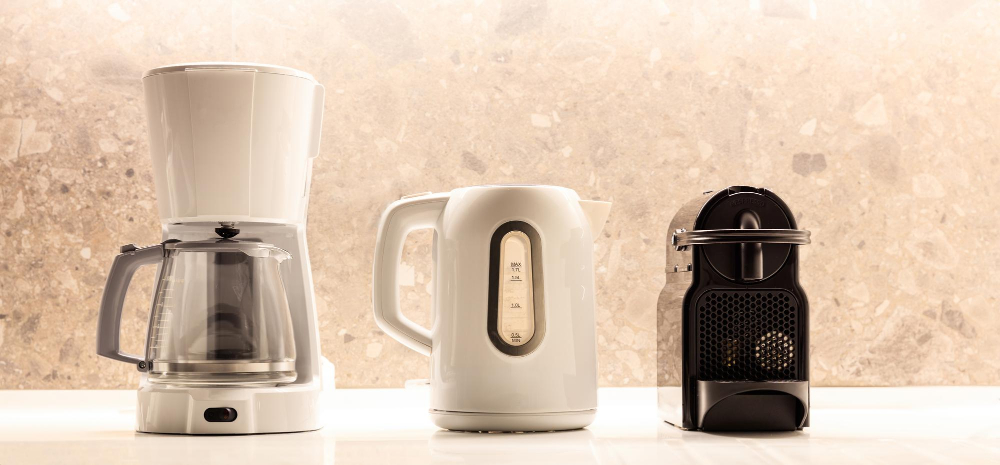
If an appliance is still functional but outdated, you may want to consider upgrading it for a more energy-efficient model. This can save you money on your utility bills in the long run.
However, if an appliance is broken or damaged beyond repair, it’s time to say goodbye and dispose of it properly. Holding onto old appliances that no longer work not only takes up valuable space in your home but also poses potential safety hazards.
When deciding whether or not to replace an appliance, consider its age as well as any repairs that have been made in the past. If an appliance is over 10 years old and has required multiple repairs recently, it may be more cost-effective in the long run to replace rather than continue repairing.
Reducing Clutter By Disposing Appliances
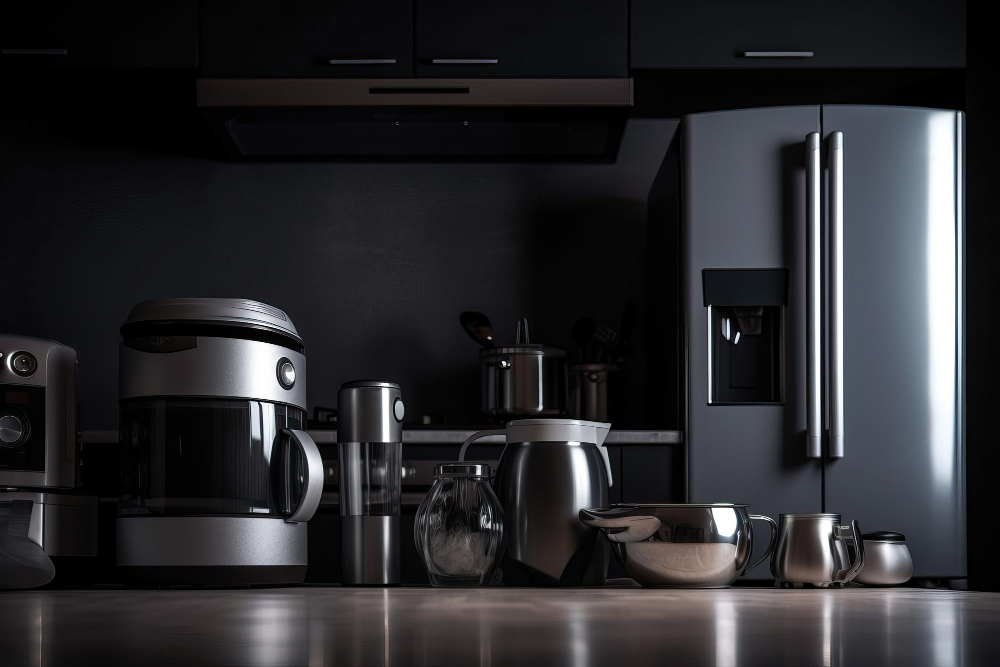
Old, unused appliances can take up valuable counter and cabinet space, making it difficult to find room for new items that you actually use. By getting rid of these unnecessary items, you’ll free up space in your kitchen and make it easier to keep things organized.
But don’t just throw them away! Many small appliances contain hazardous materials that can harm the environment if not disposed of properly. Instead, consider donating or recycling them so they can be repurposed or safely dismantled.
By reducing clutter through proper disposal methods, you’ll create a more functional and aesthetically pleasing kitchen while also doing your part for the planet.
Donating Functional Appliances

Many charitable organizations accept donations of gently used appliances such as blenders, mixers, and coffee makers. Before donating your appliance, make sure it’s clean and in good working condition.
Consider reaching out to local shelters or community centers that may be able to put your appliance to good use. You can also check with non-profit organizations like Goodwill or The Salvation Army for donation guidelines.
Donating functional appliances not only helps others but also reduces waste by keeping items out of landfills. Plus, you’ll feel good knowing that someone else will benefit from something you no longer need.
Donating to Charitable Organizations

Many non-profit organizations accept donations of gently used appliances and distribute them to families in need or sell them at a discounted price in their thrift stores. This is a great way to give back while also reducing waste.
Before donating, make sure the appliance is clean and in good working condition. Check with the organization beforehand for any specific requirements they may have regarding donation drop-off or pick-up.
By donating your small kitchen appliances, you can help someone else who may not be able to afford new ones while also keeping these items out of landfills.
Selling Used Appliances
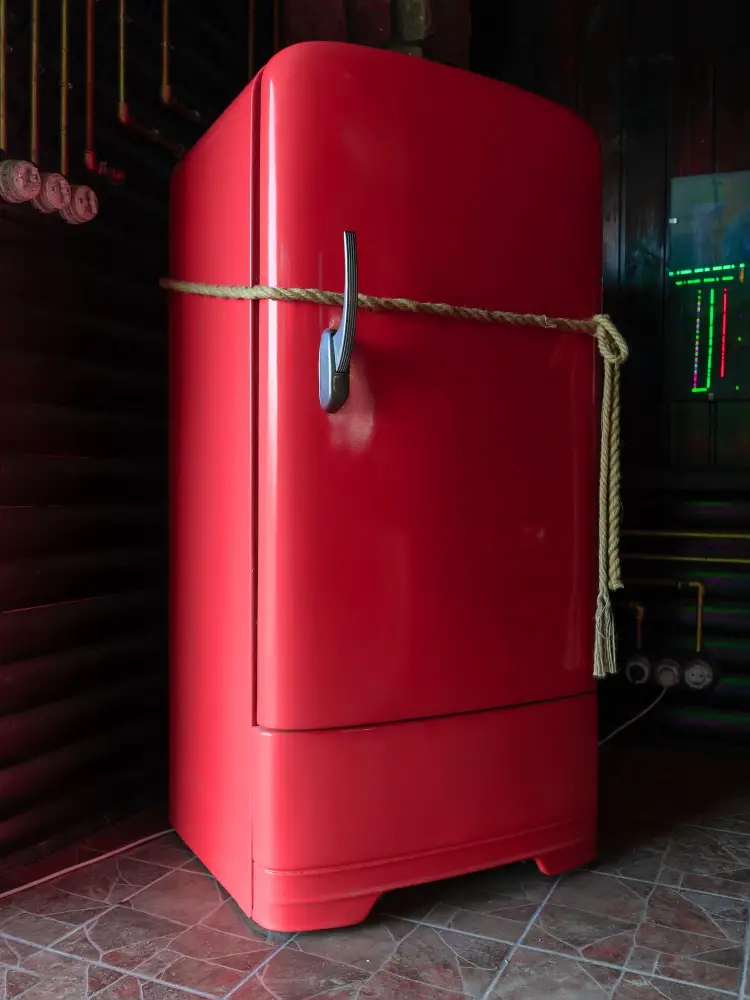
Selling used appliances is a great way to earn some extra cash and reduce waste at the same time. You can sell your appliances online through websites like Craigslist or Facebook Marketplace, or you can have a garage sale.
When selling used appliances, it’s important to be honest about their condition and any issues they may have. Take clear photos of the appliance from different angles so potential buyers can see what they’re getting.
Set a fair price based on the age and condition of the appliance.
Selling your small kitchen appliances not only helps someone else save money but also reduces landfill waste by keeping functional items out of landfills for longer periods.
Reselling Small Appliances
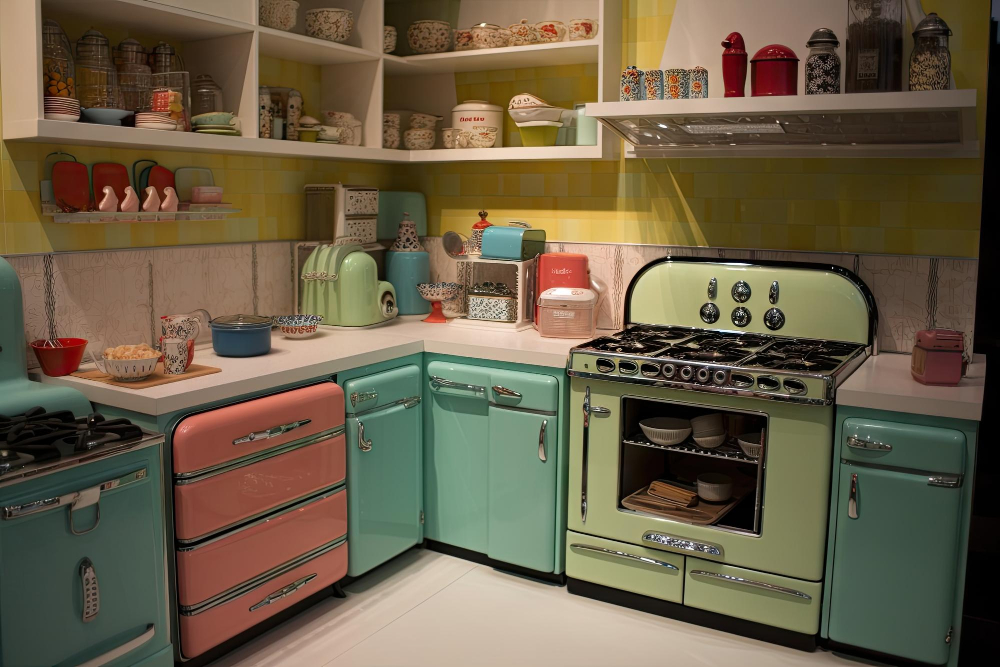
You can sell your used appliances online through websites like eBay or Craigslist, or even at a garage sale. Before selling your appliance, make sure it is clean and in working order.
When pricing your appliance for resale, research the market to see what similar items are selling for. Be honest about any wear and tear on the item so potential buyers know exactly what they’re getting.
Checking Local Disposal Guidelines
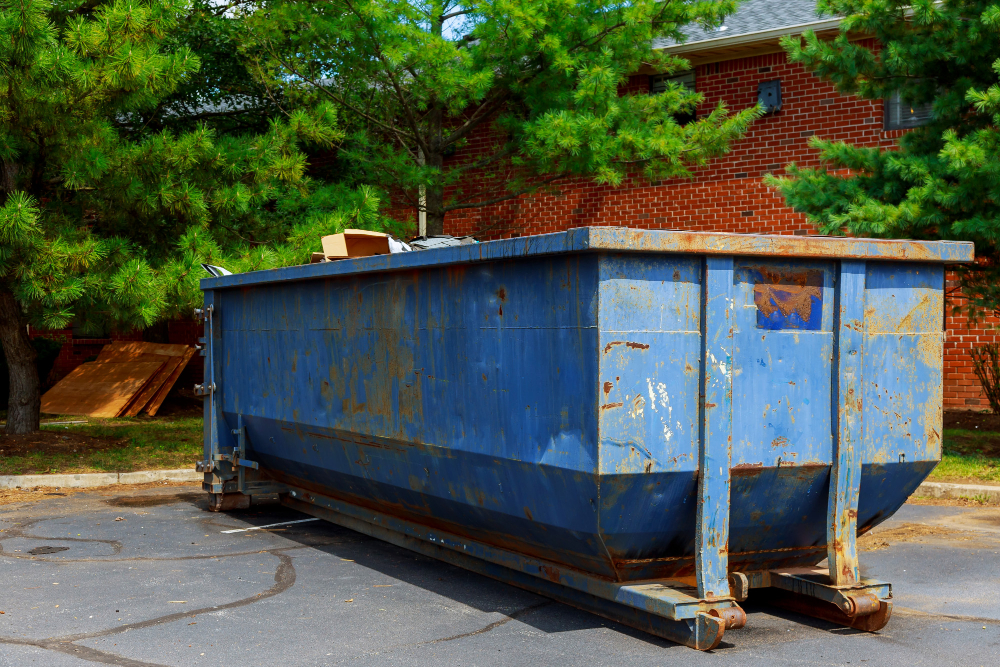
Different cities and states have different regulations when it comes to appliance disposal, so make sure you’re following the rules.
Some areas may require you to drop off appliances at a designated facility or schedule a pickup with your waste management company. Others may allow for curbside pickup on specific days or times.
To find out what options are available in your area, start by checking with your city or county government website. They should have information on how and where to dispose of small appliances properly.
You can also contact local recycling centers or waste management companies for more information about their services and requirements.
Understanding Recycling Symbols
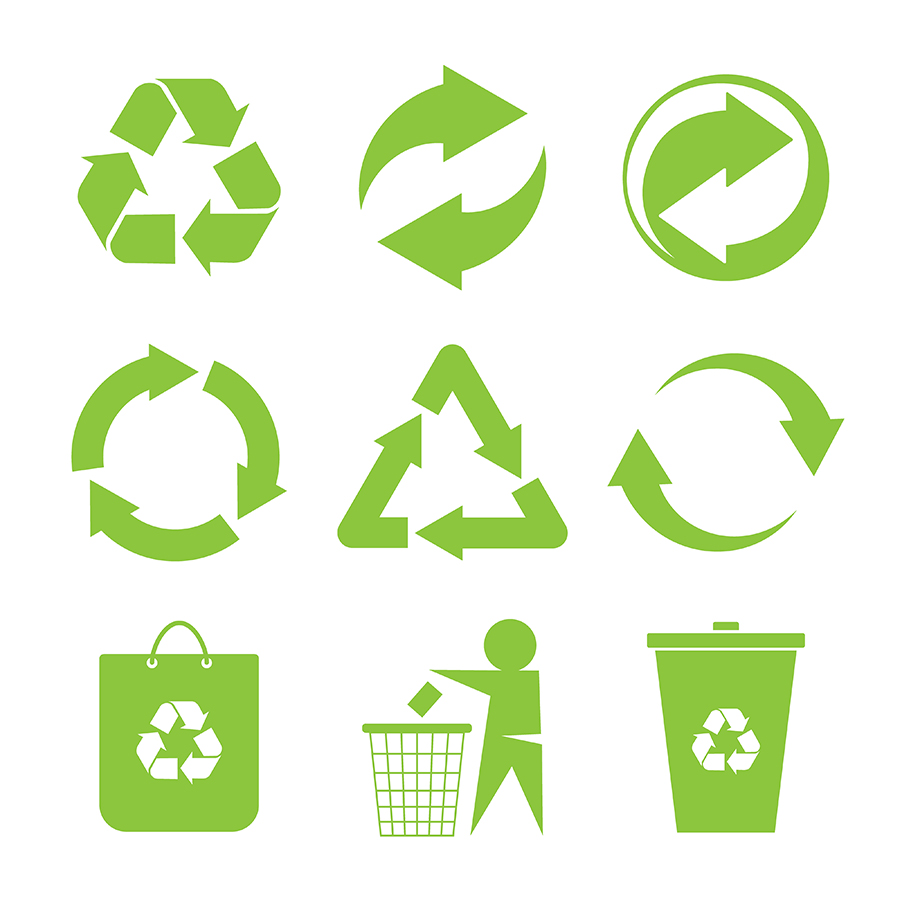
These symbols are typically found on the bottom or back of an appliance and indicate whether it can be recycled or not. The most common symbol is a triangle made up of three arrows, which means that the item is recyclable.
However, not all recycling symbols are created equal. Some may indicate that only certain parts of an appliance can be recycled while others cannot.
It’s important to read and understand these labels before disposing of any appliances.
If you’re unsure about what a particular symbol means or how to properly dispose of an appliance with that symbol, check with your local waste management facility for guidance.
Legal Requirements for Appliance Recycling

Many states have laws that require certain types of appliances to be recycled or disposed of in a specific way. For example, some states prohibit the disposal of refrigerators and air conditioners with their compressors intact due to environmental concerns.
To ensure you are following local regulations, check with your city or county government office for guidelines on how to dispose of small kitchen appliances properly. Some municipalities offer free pickup services while others may require you to drop off items at designated facilities.
Recycling Broken Appliances
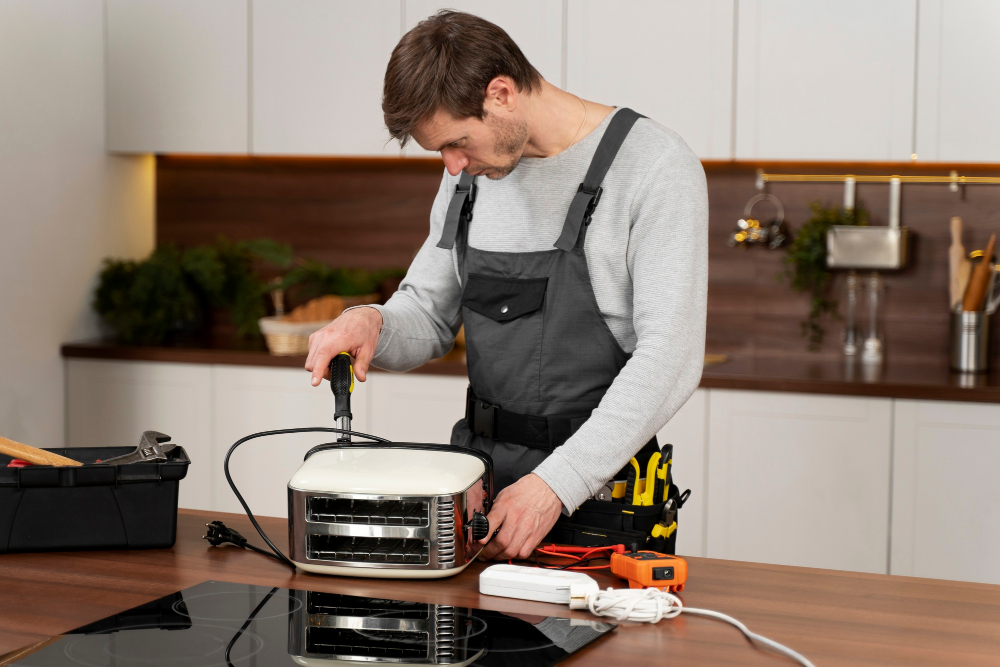
Recycling helps to reduce waste and conserve natural resources. Before you recycle a broken appliance, check with your local recycling center or municipality for specific guidelines on how to dispose of it properly.
Some appliances may contain hazardous materials such as lead or mercury that require special handling during disposal. It’s important to identify these components before disposing of them so they can be handled safely.
When preparing an appliance for recycling, remove any batteries or power sources and disconnect the device from any electrical outlets. You should also wipe down the exterior surfaces of the device before taking it in for disposal.
Identifying Appliances for Recycling
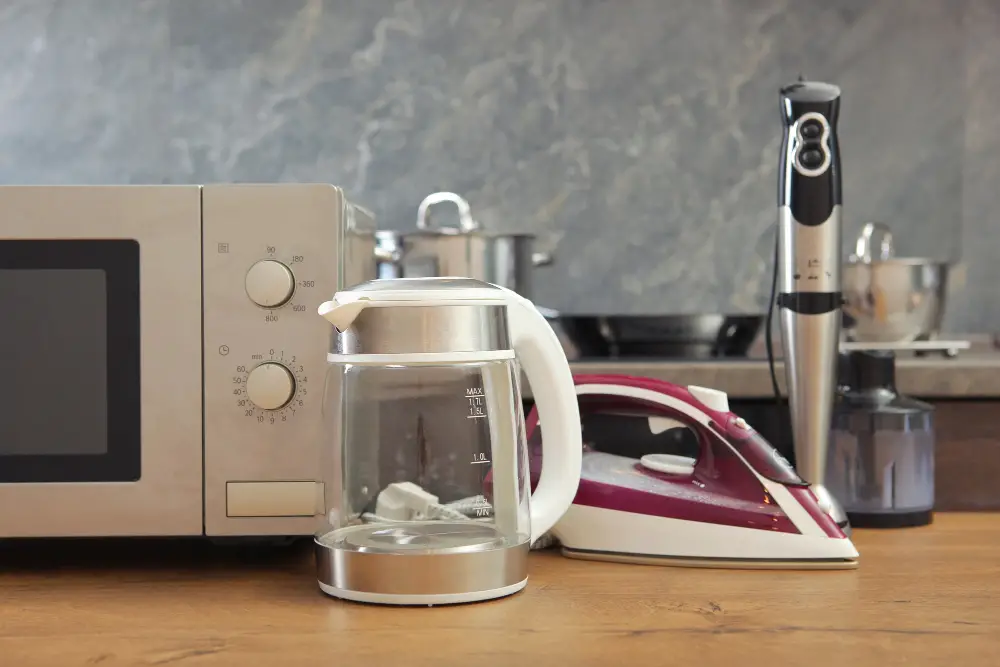
Not all appliances can be recycled, and some may require special handling due to hazardous components.
To determine if an appliance is recyclable, check the manufacturer’s instructions or look for a recycling symbol on the product. The symbol will typically feature three arrows in a triangle shape with a number inside indicating the type of plastic used in its construction.
If you’re unsure whether an appliance is recyclable or not, contact your local waste management facility or municipality office. They’ll be able to provide information about what items they accept and how they should be prepared before disposal.
Remember that proper disposal of small kitchen appliances helps reduce landfill waste and conserves natural resources by allowing materials like metal and plastic to be reused instead of discarded as trash.
Disconnecting Appliance Before Disposal
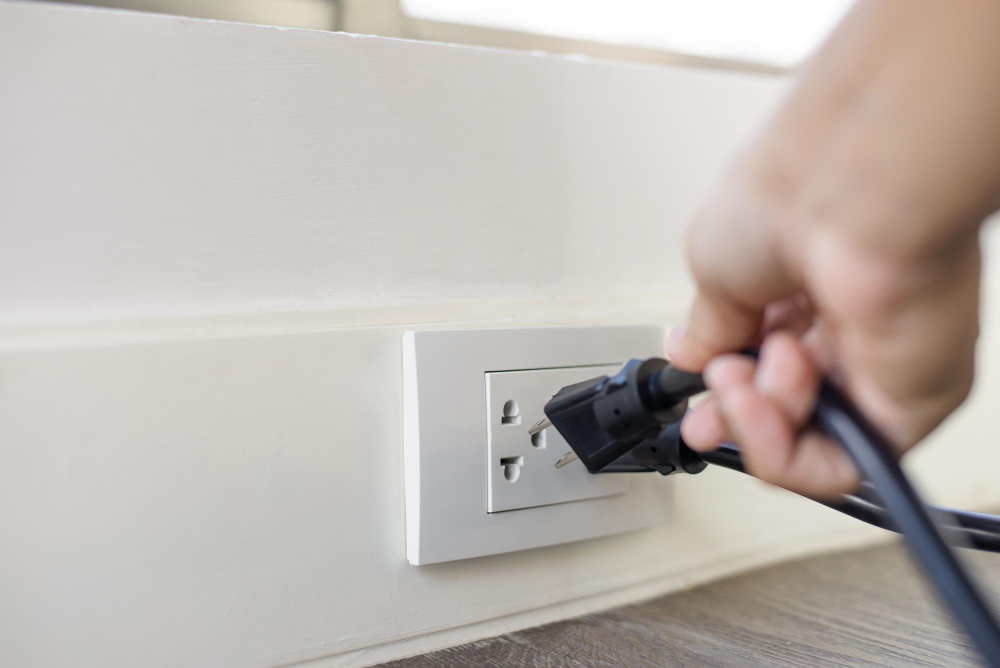
This means unplugging the appliance from the wall or removing batteries if applicable. Failure to do so can result in electrical hazards and potential injury.
To disconnect an appliance, start by turning off any switches or buttons that control its operation. Then unplug the cord from the outlet and carefully remove any batteries if they are present.
It’s also a good idea to wear gloves when handling appliances with sharp edges or exposed wires for added safety during this process.
Removing Batteries or Power Source
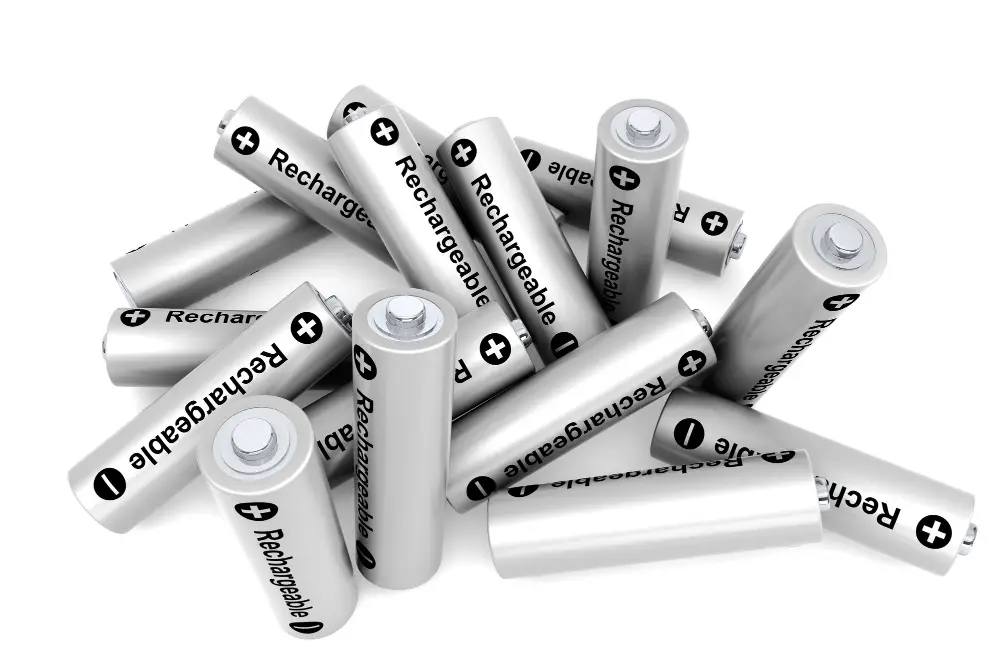
This is especially crucial for appliances that use rechargeable batteries or have a built-in battery pack. Leaving the battery in place can be hazardous and cause damage to the environment if not disposed of properly.
To remove a battery from an appliance, first, make sure it’s turned off and unplugged from any electrical outlet. Then locate where the battery is located on your device; this could be at its backside or bottom depending on what type of gadget you are dealing with.
If you’re unsure how to safely remove a particular type of power source, consult your user manual for guidance before proceeding further.
Preparing Appliance for Disposal
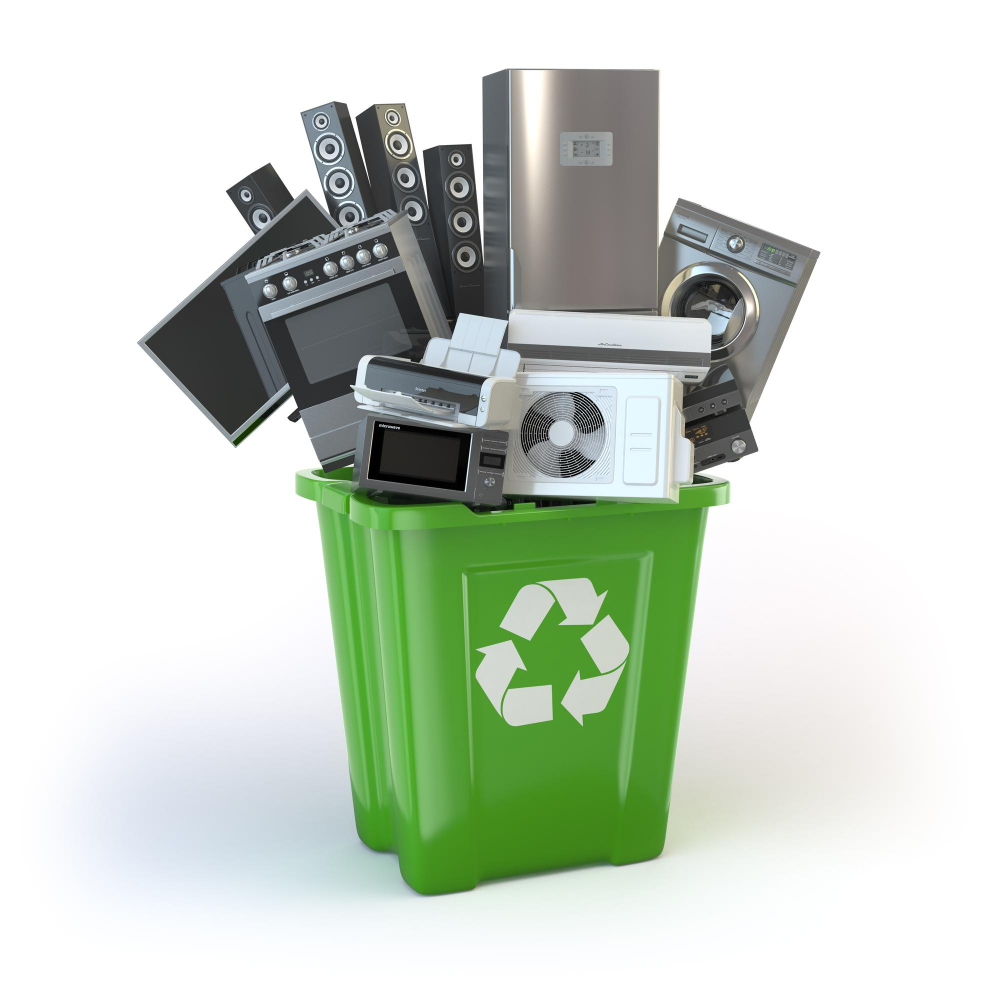
This ensures that they are safe for handling and disposal, and also helps to protect the environment from hazardous materials. First, unplug the appliance from its power source or remove any batteries if applicable.
Next, clean the appliance thoroughly by removing any food residue or debris that may be inside or outside of it.
If you’re disposing of an appliance with a cord, wrap up the cord neatly so that it doesn’t become tangled during transport. For appliances with glass components such as blenders or coffee makers with carafes make sure they are wrapped in newspaper before placing them in a box for disposal.
It’s also important to identify whether there are any hazardous components within your small kitchen appliances such as refrigerants used in cooling systems which can cause harm if not disposed off correctly. If this is the case then contact local authorities who will guide you on how best to dispose these items safely.
Contacting Manufacturer for Disposal

They can provide guidance on proper disposal methods and may even offer recycling programs for their products. Many manufacturers have dedicated customer service lines or online resources that can help you with this process.
When contacting the manufacturer, be sure to have your appliance’s model number and serial number handy as they may ask for this information. Some manufacturers also require proof of purchase or ownership before accepting an appliance for disposal.
It’s important to note that not all manufacturers offer recycling programs, so if they don’t accept appliances for disposal themselves, they should be able to direct you towards local facilities that do.
Identifying Hazardous Components

These can include batteries, refrigerants, and other chemicals that could harm the environment if not disposed of properly.
To identify these components in your appliances, check the manufacturer’s instructions or look for warning labels on the appliance itself. If you’re unsure about whether an appliance contains hazardous materials or how to dispose of them safely, contact your local waste management facility for guidance.
By taking a few extra steps to properly dispose of small kitchen appliances with hazardous components like batteries and refrigerants you’ll help protect our planet from harmful pollutants while also keeping yourself safe from potential hazards during disposal.
Selecting Appropriate Disposal Facility
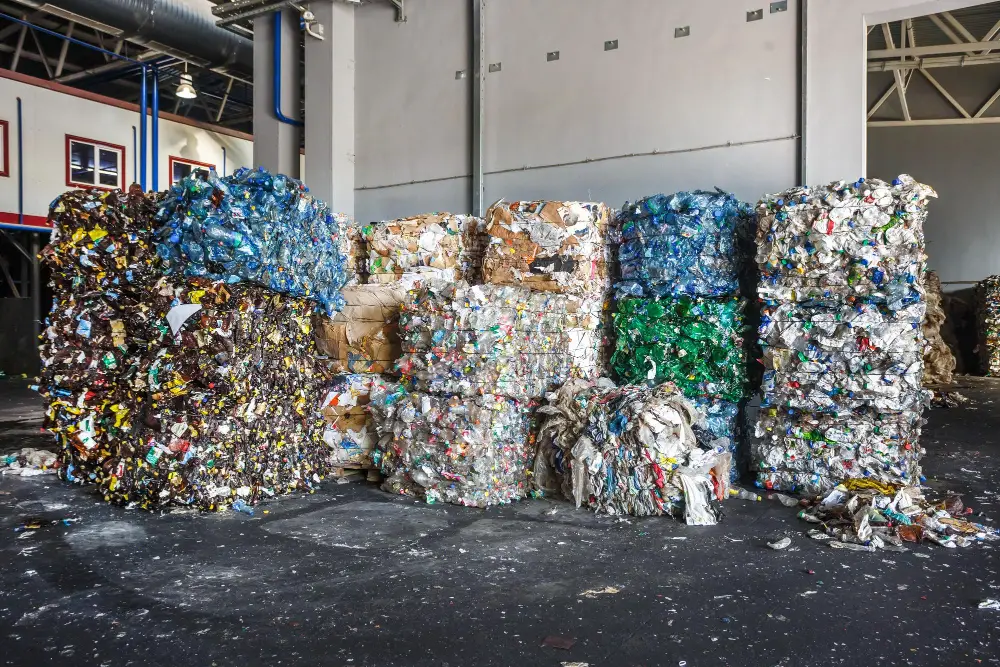
Not all facilities are equipped to handle every type of appliance or material, so it’s crucial to do your research beforehand. Some local recycling centers may accept small kitchen appliances for recycling or proper disposal.
You can also check with the manufacturer if they offer a take-back program for their products. This is a great option as manufacturers often have specialized facilities and processes in place for safe and eco-friendly disposal.
Another option is contacting your city or county government office as they may provide information on local waste management programs that accept small kitchen appliances.
Remember, improper disposal of electronic devices can lead to environmental pollution and health hazards due to hazardous materials such as lead, mercury, cadmium present in them.
Participating in Community Disposal Events

Many cities and towns host these events throughout the year, providing residents with an opportunity to safely dispose of their unwanted items.
At these events, you can drop off your old appliances free of charge or for a nominal fee. The collected items are then taken to recycling facilities where they are properly processed according to environmental regulations.
Participating in community disposal events not only helps keep our environment clean but also supports local initiatives that promote sustainability. So next time there’s an event near you, gather up all those unused kitchen gadgets and head on over!
FAQ
Can I put electrical items in my recycle bin?
Yes, you can put electrical items in your recycle bin, as items with a plug, battery, or cable can be recycled and transformed into various products such as children’s playgrounds and life-saving equipment.
How do I get rid of an old kettle and toaster?
To get rid of an old kettle and toaster, dispose of them in designated electrical bins at your local household waste and recycling centre.
How do I dispose of small kitchen appliances in Los Angeles?
To dispose of small kitchen appliances in Los Angeles, take them to a SAFE Center, schedule a free curbside collection by calling 1-800-773-2489, or use the MyLA311 app.
What are the environmental benefits of properly disposing of small kitchen appliances?
Proper disposal of small kitchen appliances reduces landfill waste, conserves natural resources, and minimizes pollution.
Are there any donation options for gently used small kitchen appliances?
Yes, you can donate gently used small kitchen appliances to local charities, thrift stores, or organizations like Goodwill and The Salvation Army.
What is the process for recycling small kitchen appliances at a dedicated recycling facility?
The process for recycling small kitchen appliances at a dedicated recycling facility involves collecting, disassembling, sorting, and processing the components into new materials.




